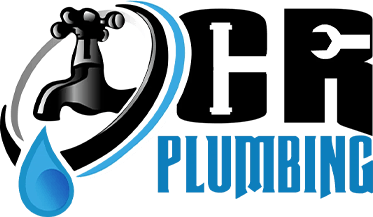As winter approaches, Texas homeowners may not face the extreme cold temperatures seen in some northern states, but it's crucial to take steps to winterize your pipes and protect your home. In this guide, we'll cover essential tips to ensure your plumbing system weathers the season without any issues. Watch the Video Here
1. Locate and Mark Your Clean-Outs: Understanding the location of your clean-outs is a fundamental step in winterizing your pipes. These access points to your sewer line can be crucial in case of blockages or maintenance. It's advisable to mark them clearly, especially if snow is in the forecast. This ensures easy access when needed and prevents any inconvenience during winter.
2. Know Your Meter's Location: The water meter, usually situated near the street, is another key component to be aware of during winter. Familiarize yourself with its location, and ensure there's clear access for utility workers if required. A clear path to the meter can prevent delays in case of emergencies or routine checks during the colder months.
3. Seal Leaks and Cracks: Inspect your home for any potential drafts or cracks where cold air could enter. Seal these gaps using caulk or weatherstripping. By eliminating drafts, you not only conserve energy but also maintain a warmer environment for your plumbing.
4. Disconnect and Drain Outdoor Hoses: Before the first frost, disconnect all outdoor hoses and drain any remaining water. Storing hoses indoors helps prevent freezing and extends their lifespan. Additionally, consider installing outdoor faucet covers to shield against the cold.
5. Insulate Outdoor Water Spigots: Outdoor water spigots are vulnerable to freezing temperatures. To prevent potential damage, invest in insulated foam covers. These covers act as a protective barrier against the cold, reducing the risk of frozen pipes. Alternatively, a creative and cost-effective solution is using Whataburger Cups – an ingenious way to shield your spigots.
6. Avoid Towels or Water-Absorbing Materials: While it might be tempting to use towels or materials that can absorb water, it's best to avoid them when wrapping your pipes. These materials can become saturated, defeating the purpose of insulation. Opt for products specifically designed for pipe insulation to ensure effective protection against the cold.
7. Open Cabinet Doors: For pipes located under sinks, open cabinet doors to allow warm air to circulate. This simple step can make a significant difference in preventing pipes from freezing, especially in kitchens and bathrooms.
8. Service Your Water Heater: A well-maintained water heater is essential for efficient winter plumbing. Flush your water heater to remove sediment buildup, ensuring optimal performance. Check for leaks and insulate the heater with a water heater blanket to conserve energy.
9. Schedule a Professional Inspection: Consider hiring a professional plumber to inspect your plumbing system before winter arrives. An expert can identify potential issues, provide necessary repairs, and offer valuable advice on maintaining your plumbing during colder months.
In conclusion, taking the time to winterize your pipes can save you from potential plumbing issues and costly repairs. By knowing the location of clean-outs, marking them for visibility, being aware of your meter's position, and using proper insulation for outdoor spigots, you'll be well-prepared for the winter season in Texas.
Remember, a little preparation goes a long way in safeguarding your home against the elements. Stay warm, stay dry, and enjoy a worry-free winter!
Call (940) 355-0110 or contact us online to schedule a plumbing service in Fort Worth or the surrounding areas!


